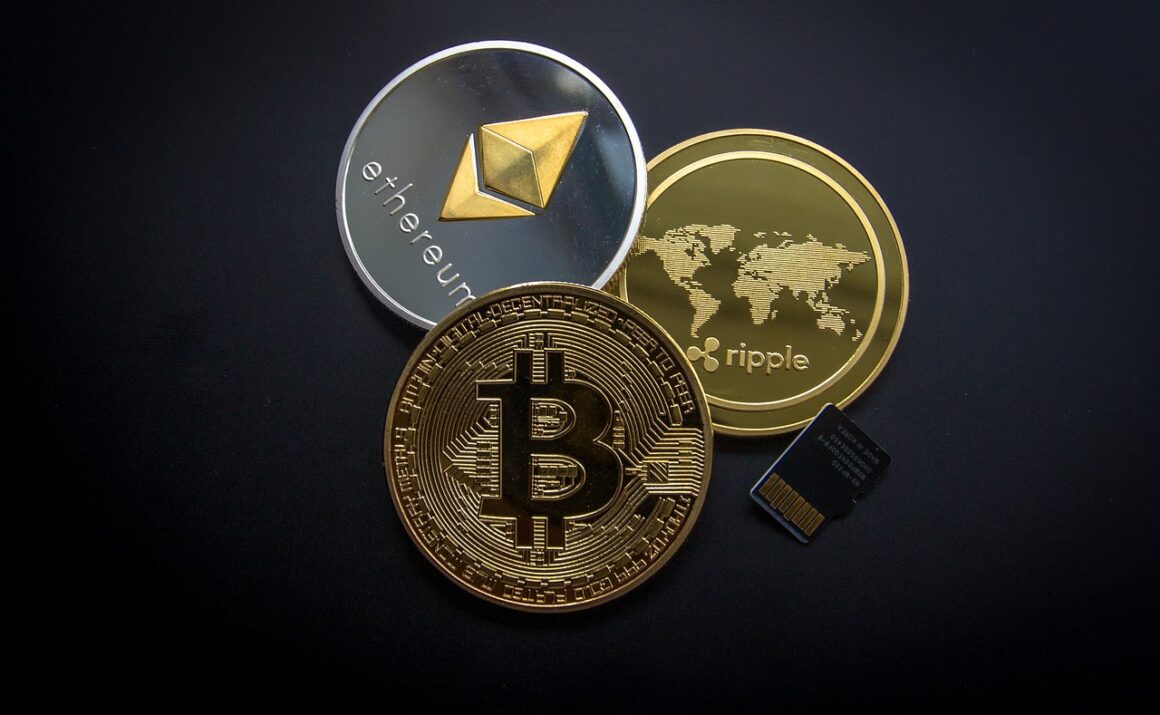With no shortage of hands in every flavor of technological pie, Google is always looking to push the envelope. One of the more recent illustrations of this forward drive comes from Google’s Fiber home internet, which has started rollout in three American cities. If successful, this technology will likely indicate a next step-up in connection speeds all over the world, but how much do we need it, and what difference will it make to home entertainment?
5 Gig Speeds
As of February 2023, this new 5 Gbps system is entering functionality in Kansas City, Salt Lake City, and West Des Moines. Targeting metropolitan areas, this new system offers a step up over the existing standard of ultra-fast 1 Gbps, with some areas even offering 8 Gbps speeds. For a baseline, we’re going to stick with 5 Gbps speeds, to see what difference they’d make in a range of entertainment systems.
Changes for Individual Entertainment
To start small, let’s consider the types of online entertainment that require little in the way of bandwidth. General browsing, reading, and light interactivity are all included along these lines, and all are illustrated perfectly by modern sports betting websites like BetRivers and bet365. As shown at Canadian-sports-betting.com, these websites include live streaming, advanced betting features like same-game parlays, and even casino titles to choose from. They also place such little strain on connections that even an older 20 Mbps internet plan would play without issue or loading times. In other words, 5 Gbps would be complete overkill.
For a more demanding use, we could move up to video streaming services like Disney+ and HBO Max which have been developed to cater to ultra-high resolution displays. This requires a minimum of 25 Mbps for 4K streaming as stated by help.hbomax.com. To ensure a smooth experience, it’s best to give some leeway, so around a 30 Mbps connection should be enough in this circumstance to maintain a solid streaming experience without buffering.
On the most demanding entertainment end are video game streaming services like GeForce Now and the ironically former Google Stadia. These can require a minimum of 35 Mbps for 4K 60FPS gameplay, and 120 FPS at high resolutions costing a minimum of 45 Mbps, according to nvidia.com.
Does it Matter?
Looking at these examples, the obvious conclusion is that even 1 Gbps connections are overkill for the most demanding forms of online entertainment, but the full picture isn’t quite so simple. In real-world applications, each home connection’s speed is essentially divided between all active users, and often unequally. This means two people streaming video might take up to 60 Mbps, while a third user downloading a game might cost an additional 300 Mbps.
From this perspective, plans like Google’s 5 Gbps are ways for single houses or establishments to reduce costs by investing in one ultra-fast shared plan instead of multiple individual systems. This could be a godsend for AirBnBs, for example, where ten or more people are connected over the same internet. For individuals, however, there aren’t any cases where 5 Gbps would be necessary, and this is likely to remain the case for the foreseeable future, at least where entertainment alone is concerned.





